Rescue Alert Review
Easy-to-use alert systems from a company that’s been helping seniors for 40 years

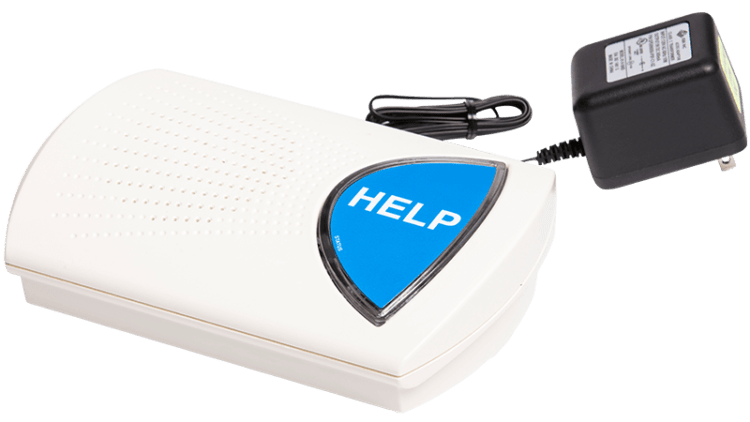
SafeHome.org may receive compensation from some providers listed on this page. Learn More
We may receive compensation from some providers listed on this page. Learn More
Easy-to-use alert systems from a company that’s been helping seniors for 40 years


Check out more recommendations from the SafeHome team:
With so many different medical alert systems on the market, it can be hard to find the right one for you or your loved one. But we’ve researched and tested some of the most trusted devices available, including Rescue Alert. With several devices and price points, we found Rescue Alert to be a top contender in the alert system market.
Of course, Rescue Alert is not a perfect fail-safe for all medical emergencies. However, it can help to restore confidence and peace of mind with products that range from rescue alert GPS to mountable wall buttons that call for help with the press of a button. While Rescue Alert isn’t the least expensive product on the market, we’ve found that they offer several different payment options and plans that just might work within your budget.
They also have a solid landline unit that is compatible with VoIP, cable, and traditional telephone systems. For more active seniors, Rescue Alert offers accessories that use GPS tracking and an AT&T 3G cellular network connection to monitor your location.1 That said, Rescue Alert does have its weaknesses. But don’t worry, we’ll share everything you need to know about these alerts right here. To see if Rescue Alert will work for you or your loved one, read on as we highlight the pros and cons of this medical alert system.
Since 1981, Rescue Alert has been helping seniors find their independence with the various medical alarms and monitoring services they’ve been growing and innovating over four decades.2 And when you’ve been in business for 39 years, chances are good you know your stuff. Their website shares the history of the company laid out in an easy-to-follow timeline, which we thought was pretty neat. While Rescue Alert is continually expanding and improving, they still have a way to go when it comes to pricing, options, and aesthetics.
Rescue Alert is a family-owned company headquartered in South Jordan, Utah. Started by Richard Bangerter, they’re by no means the first medical alarm system. They have made strides in the field over the years, including the release of the MXD3G, the first cellular option on the market, offering protection and monitoring services to seniors without a landline phone.
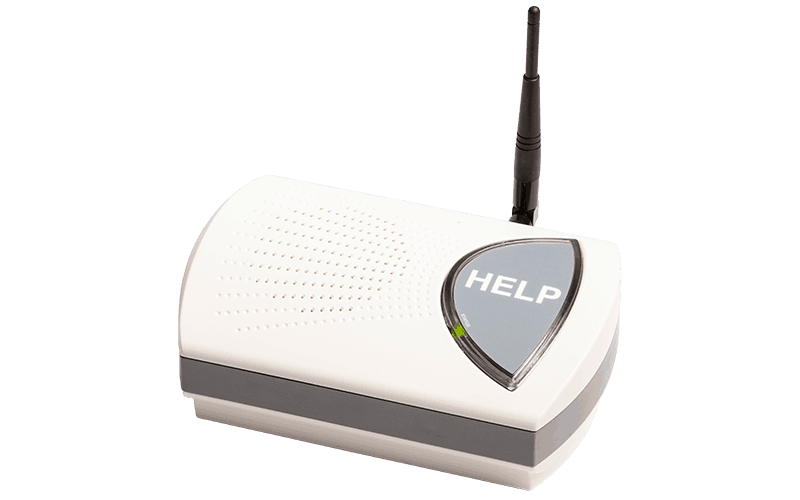
Rescue Alert – MXD3G Unit
Quick and easy is the name of the game here. One of our favorite things about Rescue Alert is how fast it is to sign up. We just jumped online, went directly to their website, and found the plan and devices that were right for us. We found their website simple to use. It lays out plans, products, and pricing clearly and succinctly in easy-to-read charts. You can choose to rent the equipment (monthly, quarterly, or annually), purchase the equipment, or make a one-time payment. Our biggest gripe is that if you want to buy the Rescue Alert GPS or any of the accessories, you still have to call the company to make your order.
Everything at Rescue Alert is easy to use and setup, but most medical alert systems today are meant to be simple to install and use right out of the box. Who wants a complicated system to set up? Our system took about 3 to 5 minutes to get up and running. The MXD Medical Alert System connects with just a few cables to your telephone landline, cable line, or VoIP line. System accessories like the wall mountable help button and fall detection pendant are pretty much ready to go out of the box. And if you ever have any issues or questions setting anything up, help is just a call away. Rescue Alert makes the grade here, but remember, we’ve seen lots of alert systems that offer plug-and-play setup.
FYI: Rescue Alert has several payment plans, including monthly, quarterly, and yearly rental options, a one-time payment, and the option to buy the equipment. Keep in mind, if you do purchase the equipment upfront, you’ll still pay a $15.95 monthly monitoring fee.
Medical alert systems are made to be easy to use—it’s kind of the point, right? So, it makes sense that Rescue Alert is straightforward and simple, with minimal flash or pizzaz. We liked that the system comes with a big, clear button to push if we experienced an emergency or accident (slip and falls do happen!). The landline base unit and wall button come with massive blue buttons with “HELP” printed boldly across the front, while the wearable fall detection pendant has a big button right in the center to press in a time of crisis. If you or your loved one needs to connect with someone in an emergency, it’ll be easy for them to give these exaggerated buttons a quick push.
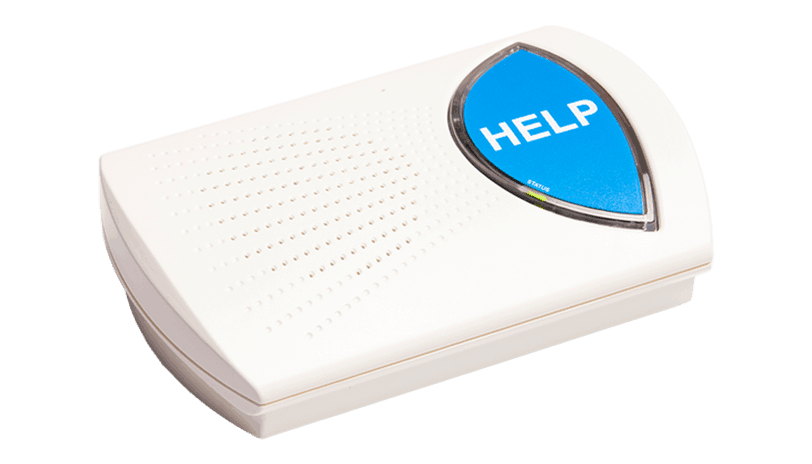
Rescue Alert Base Unit Blue Button
We’ve found that wearable devices are one of the safest ways to stay connected to a medical alert system. If your loved one is in the bathroom, one of the most likely places in the home to lose your balance, a sudden slip could put you out of arm’s reach of one of the wall or table-mounted units.3 So, a water-resistant wearable could give you a quick and easy way to get immediate help.
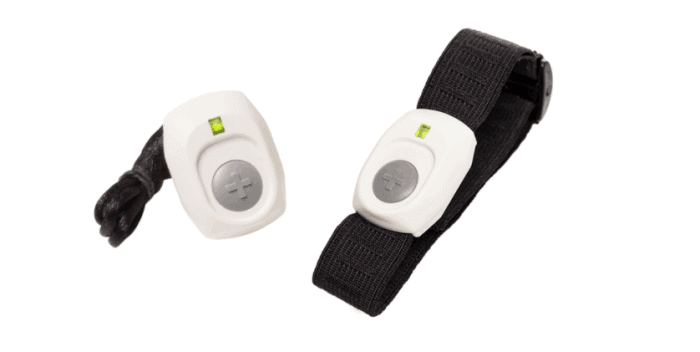
Rescue Alert Personal Help Buttons
But here’s the thing… wearable alert buttons aren’t particularly stylish. And Rescue Alert only offers one wearable—a plastic grey and white necklace that’s great for getting help, but terrible at making a fashion statement. That said, we’ve found that style often plays second fiddle to saving a life (as it should!). The only other option for wearables comes in the form of a free “help button” that attaches to a string cord for a necklace or a basic black wristband. At the very least, we think Rescue Alert devices are functional, even if they aren’t visually appealing.
Having a medical alert system is relatively useless without 24-7 monitoring. Thankfully, every device, wearable, and accessory from Rescue Alert includes professional monitoring, with all communication going directly to their call center in St. George, Utah. However, keep in mind that they don’t have any of the notable certifications for medical call centers like the TMA Five Diamond Certification.4 In our experience, the response was pretty quick and reliable. The trained staff can walk you or your loved one through an emergency, and they will dispatch police, fire, or EMS, if necessary.
Did You Know? The response center can help in more ways than one. If there’s a crisis, they can contact family, friends, and emergency services.
When you’re worried about your family’s safety, there’s always bound to be a question or two. It’s only natural. Whether you’re having trouble setting up the home unit, or you want to add another device to your plan, Rescue Alert has many ways for you to reach out and connect! They have a local number, a sales number, a toll-free number, and you can always email them or send an old fashion letter right to their office. We’ve found that most medical alert systems have great customer service, and Rescue Alert is no different. Their support channels are straightforward, and they’ll help you with any questions you may have.
If having a wide selection of different packages and systems is important in your search for the right medical alert company, we have to say that you’ll find your options limited at Rescue Alert. They have one landline base unit to choose from, and that’s it! But what they lack in options, they make up for with a tried and tested device that is easy to use and connects with lots of great accessories. So, let’s have a look at the Rescue Alert equipment available:
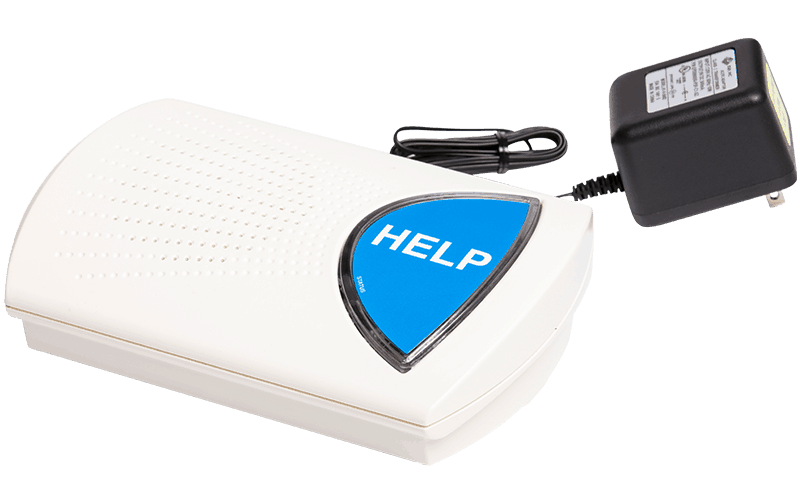
Rescue Alert MXD Landline Base Unit
Currently, this device is the only option for a landline base unit from Rescue Alert. It’s moderately priced, with options as low as $27.95 per month. This system is simple to install and easy to use. But honestly, we’d like to see more of a selection in their main systems, with some different options or additional features. With the MXD system, what you see is what you get. The features include:
FYI: Each landline base unit comes with two free gifts. You can select from a second help button on a neck pendant, a second help button on a bracelet, or a lockbox. Don’t forget to pick the ones you want when checking out online.
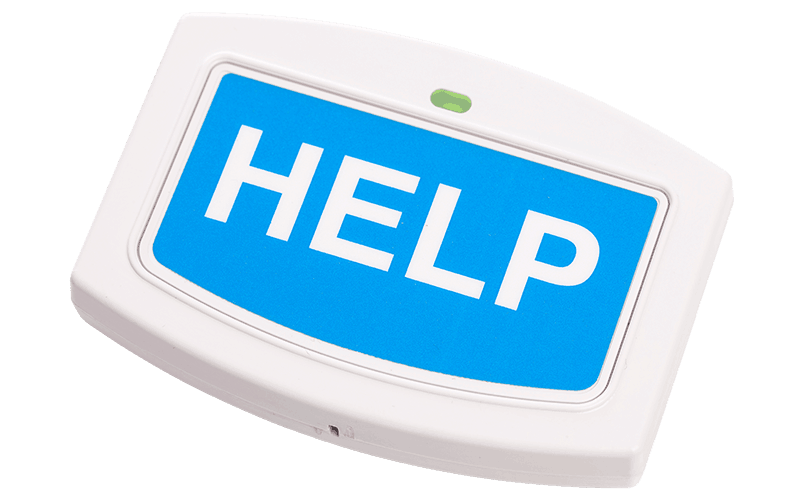
Rescue Alert Wall Button
We appreciate that you can add additional buttons around the house to stay connected in any room, but at an additional $5 per month, it can add up if you want to put one in each room of the house. We think they should have included at least one of these with the baseline unit, especially since most people will likely add one or two to their order. The features include:
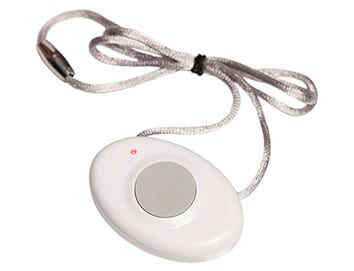
Rescue Alert myActive Alert Pendant
If you’re looking for a straightforward, easy to use, no-nonsense alert pendant… we found that this one does the job. For an additional $10 per month, it’s great for seniors that still have a lot of mobility and are moving around the house a lot. But again, it could stand to look a bit nicer — it’s certainly not winning any style awards. The features of this wearable include:
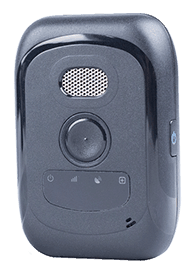
Rescue Alert GPS Medical Alert System
If you or your loved one is still active and on the go, this equipment is a must-have option for your system. It’s the most expensive device they offer (hands down), with the cheapest option weighing in at $37.95 per month. But price aside, we found it to be a solid system that will keep you connected pretty much anywhere. Plus it’s light and easy to carry. Of course, we don’t love the steep cost, but we do appreciate all the little bells and whistles. Features include:
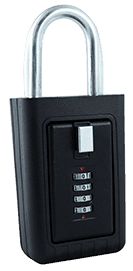
Rescue Alert Keysafe
If caregivers, emergency responders, or other family members need access to your loved one’s home, this nifty little device will hold up to two spare keys. At $39.99 (plus shipping), it’s a bit pricey for what you get, especially when similar devices can be found online for much cheaper. But if you like everything bundled together, it’s easy enough to add it on. Here are the features of the Keysafe:
Pro Tip: Bundling different products together can help you save money! For example, if you choose to bundle the Rescue Alert GPS with an MXD Landline Base Unit, the monthly price of the MXD Unit is only $15 per month.
With the company slogan, “It’s all about Your Independence,” we can appreciate the statement that Rescue Alert is trying to make. Making sure that your loved ones are living an independent and fulfilling life at home is important, but so is their safety. We’ve tested numerous medical alert systems over the years. While this setup is no means the least expensive or the most highly rated, it’s a solid system that’s easy for seniors to use, allowing them to reclaim independence and peace of mind. We’ve highlighted some of the standout features of Rescue Alert below.
Fall Detection is a newer feature in medical alert systems. Most companies are now offering it (or working on making it available), and all the wearables from Rescue Alert already have this feature built-in. While not 100% accurate, it can detect a fall automatically and immediately connect the user with a dispatcher. And with one in every three people over the age of 65 falling at least once per year, we think it’s a lifesaver.5
If you or your loved one is still living your best life and spending time out and about, GPS-enabled devices can be vitally important. As you know, GPS has changed the way we travel, commute, and see the world. And now, this technology is helping seniors live a more active lifestyle while still getting the emergency coverage they need. The GPS On-The-Go Medical Alert System can help your family, caregivers, or emergency responders find your loved one if they experience a medical emergency or become disoriented and lost.
Rescue Alert may have only one landline-based system, but it works with VoIP, cable, and traditional telephone systems. So, there’s a better chance that the system will work with one of the connections currently in the home, eliminating the need for additional infrastructure or devices. In our experience, it makes it easier to use and install right out of the box with less fuss and stress.
Quick Tip: When ordering the Rescue Alert GPS, you’ll get free accessories including a necklace lanyard, a carrying case with a belt clip, a charging cord, a USB charger, and a free lockbox. Not bad.
With only one landline-based device, we expected it to be the latest and the greatest. And for the most part, it is. The MXD Medical Alert System is Rescue Alert’s newest model and was designed to take care of itself. We liked that the computer inside the unit runs it’s own self-diagnostic checks to monitor the battery life and status of the telephone line. These tests occur automatically, and it reports on its status to the company’s response center. Additionally, you can easily configure the unit to monitor a medication dispenser in your home.
With our recent testing of Rescue Alert, we discovered some great things about the medical alert system, as well as a few weaknesses. The units and equipment are all easy to use and set up, come with free gifts, and offer a straightforward, simple way to monitor your loved ones. We also appreciated the optional pricing plans and term lengths, as well as the option to buy rather than exclusively rent, especially if you’ll be using these long term.
On the other hand, we would appreciate a wider selection of systems, including additional mobile cellular systems. Another thing to keep in mind is the price — Rescue Alert is not cheap! The least expensive option with minimal equipment is $27.95 per month. But start adding on the upgrades and accessories, and suddenly you could be looking at double or triple the price.
In the end, what you really want is peace of mind for yourself or your loved one, and a sense of stability and independence. Overall, Rescue Alert is a high-quality and complete system, and it just might work if you’re willing to pay the price for it. But it wouldn’t hurt to check our suggestions for the top medical alert options on the market.
Rescue Alert. (2020). Rescue Alert GPS.
https://www.rescuealert.com/product/mobilePERS
Rescue Alert. (2020). About Us.
https://www.rescuealert.com/about
Stevens, J., Mahoney, J. & Ehrenreich, H. (2014, March 20). Circumstances and outcomes of falls among high risk community-dwelling older adults. Injury Epidemiology, 1(5).
https://doi.org/10.1186/2197-1714-1-5
The Monitoring Association. (2020). TMA Five Diamond Monitoring Centers.
https://tma.us/five-diamond-monitoring-centers/
Chaudhuri, S., Thompson, H., & Demiris, G. (2014). Fall detection devices and their use with older adults: a systematic review. Journal of Geriatric Physical Therapy (2001), 37(4), 178–196.
https://doi.org/10.1519/JPT.0b013e3182abe779